Guide to the Best Smartwatches for Fitness Lovers in Kenya (November 2025)
As a fitness enthusiast in Kenya, you’re likely juggling runs along Uhuru Park paths, gym sessions in Nairobi, or hikes in the Aberdares—all while tracking steps, heart rate, and recovery in humid weather. Smartwatches have evolved into must-have tools for this, blending GPS for route mapping, VO2 max estimates, and sleep analysis with seamless Android/iOS integration. In 2025, the Kenyan market (via Jumia, Phone Place Kenya, and Suncom) offers value-packed options under KSh 20,000, with features like built-in GPS, 100+ sports modes, and water resistance for rainy seasons.
This guide draws from 2025 reviews, emphasizing accuracy (e.g., Garmin’s edge in GPS), battery life (crucial for multi-day treks), and local availability. Prices fluctuate with deals—check for Black Friday remnants. Prioritize IP68+ rating for sweat/rain, and app compatibility (Zepp for Amazfit, Huawei Health). We’ve focused on mid-range picks for serious fitness without breaking the bank.
Top Recommendations
Here’s a comparison of the best 6 fitness-focused smartwatches under KSh 20,000, based on tracking precision, battery, and Kenyan user feedback:
| Model | Price (KSh) | Battery Life | Key Fitness Features | Pros | Cons | Best For | Where to Buy |
|---|---|---|---|---|---|---|---|
| Amazfit Active 2 | 15,500 | 14 days | Built-in GPS, 160+ sports modes, VO2 max, AI recovery, heart rate/sleep/SpO2 | Accurate GPS, lightweight (24g), Zepp app insights | No LTE, basic smart features | Runners/hikers on budget | Phone Place Kenya, Jumia |
| Huawei Watch Fit 4 | 12,000 | 10 days | Dual-band GPS, 100+ modes, running form analysis, HR zones, stress monitoring | Excellent value, slim design, accurate HR | App ecosystem Huawei-focused | Everyday athletes/cyclists | Jumia, Starmac |
| Xiaomi Smart Band 9 | 4,500 | 21 days | 150+ modes, 24/7 HR, sleep stages, women’s health, basic GPS via phone | Insane battery, affordable, Mi Fitness app | No built-in GPS, small screen | Beginners/step trackers | Phone Place Kenya, Jiji |
| Fitbit Charge 6 | 18,000 | 7 days | Built-in GPS, ECG, EDA stress, 40+ modes, Daily Readiness Score | Premium app coaching, Google integration | Subscription for full features | Gym-goers/recovery focus | Suncom, Jumia |
| Samsung Galaxy Fit 3 | 7,000 | 13 days | HR/sleep tracking, 100+ modes, fall detection, phone GPS | Compact band style, Samsung seamless sync | No standalone GPS | Casual fitness/Android users | Gadgets Leo, Jumia |
| Garmin Venu Sq 2 | 19,500 | 11 days | Multi-GNSS GPS, Body Battery, women’s health, 25+ modes | Top-tier accuracy, music storage | Pricey for basics, bulkier | Serious multisport athletes | Phone Place Kenya, ToptrMobile |
Detailed Reviews
- Amazfit Active 2 (Best Overall for Value Fitness)
At KSh 15,500, this AMOLED powerhouse is a Kenyan favorite for its dual-band GPS (accurate to 0.5m in urban areas like Nairobi) and 160+ modes, including trail running and strength training with auto-detection. The Zepp app offers AI-driven recovery tips and VO2 max for pacing your Ngong Road jogs. Battery lasts 14 days in smart mode—perfect for weekend getaways without charging. Weighing just 24g, it’s comfy for 24/7 wear, with 5ATM water resistance for pool laps. Users on Kenyan forums praise its build against dust/humidity, though smart notifications lag slightly. Ideal if you want pro-level tracking without premium pricing. - Huawei Watch Fit 4 (Best for Running & Daily Training)
Priced at KSh 12,000, the Fit 4 shines with running-specific metrics like form analysis (cadence, ground contact) and dual GPS for precise routes in crowded matatus or Karura Forest trails. It tracks HR zones, stress, and sleep with 98% accuracy per 2025 tests, plus 100+ modes for HIIT or yoga. The 1.82″ AMOLED screen is vibrant outdoors, and 10-day battery handles heavy use. Slim (26g) and IP68-rated, it’s sweat-proof for CrossFit. Huawei Health app integrates well with non-Huawei phones, but lacks music storage. A top pick for balanced, app-rich fitness without bulk. - Xiaomi Smart Band 9 (Best Budget Band-Style Tracker)
For KSh 4,500, this slim band delivers 21-day battery life—unmatched for forgetting chargers during travel. It covers 150+ modes with 24/7 HR, sleep staging, and SpO2 for altitude training in the Rift Valley. Pair with phone GPS for runs, and the Mi Fitness app provides basic insights like calorie burn. At 27g with a 1.62″ OLED, it’s discreet for office-to-gym transitions, IP68 for showers. Reviews highlight its step accuracy (95%+), but the small screen limits quick glances. Great starter for step goals or sleep optimization on a shoestring. - Fitbit Charge 6 (Best for Recovery & Coaching)
At KSh 18,000, the Charge 6 excels in holistic fitness with built-in GPS, ECG for AFib detection, and EDA for stress during high-pressure workouts. Track 40+ activities, get Daily Readiness Scores, and access Google apps for maps. Battery hits 7 days with always-on HR (accurate to within 2 bpm). The 1.04″ screen is crisp, and it’s swim-proof (50m). Fitbit app’s AI coaching (via Premium, KSh 1,000/month) motivates with personalized plans. Kenyan users love the fall detection for safety on trails, but full features require subscription. Suited for data-driven recovery post-marathon. - Samsung Galaxy Fit 3 (Best Compact All-Rounder)
Under KSh 7,000, this band tracks HR, sleep, and 100+ modes with phone-tethered GPS—solid for urban cycling or walking. It auto-detects workouts and includes fall detection/SOS. 13-day battery and lightweight (18g) design make it unobtrusive, with IP68 for rain. Syncs flawlessly with Samsung phones for seamless notifications. Reviews note reliable sleep tracking (90% accuracy), but no standalone GPS limits off-grid hikes. A no-fuss pick for Android loyalists wanting fitness basics without watch bulk. - Garmin Venu Sq 2 (Best for Advanced Multisport)
For KSh 19,500, Garmin’s accuracy reigns with multi-GNSS GPS (error <1% on trails) and Body Battery for energy monitoring. It covers 25+ modes, women’s health, and respiration tracking, with music storage for playlist-motivated runs. 11-day battery and 1.41″ AMOLED handle bright Kenyan sun. At 38g, it’s durable (5ATM), but the interface feels sporty over stylish. The Garmin Connect app delivers deep analytics for VO2 max and training load. Perfect for triathletes or hikers needing precision over flair.
Buying Tips for Kenya
- Budget Breakdown: Under KSh 5,000 for basics (Xiaomi); KSh 10,000–15,000 for GPS pros (Huawei/Amazfit); KSh 15,000+ for premium (Garmin/Fitbit). Watch for Jumia Eco deals or Phone Place warranties (1–2 years).
- Key Features to Prioritize: GPS for outdoor accuracy; 5+ ATM water resistance; 7+ day battery. Test HR accuracy in-store—aim for <5% variance.
- Where to Shop: Jumia for nationwide delivery (free over KSh 3,000); Phone Place Kenya for Nairobi pickups and demos; Jiji for second-hand deals (check authenticity). Avoid unbranded imports from AliExpress due to poor support.
- Maintenance: Clean sensors weekly for accuracy; update apps for new modes. Pair with apps like Strava for community challenges.
- Alternatives: For ultra-budget, Oraimo Tempo W5 (KSh 3,500, basic tracking); for premium, Garmin Forerunner 265 (KSh 35,000+).
These picks empower your fitness journey with reliable data to hit PRs or recover smarter. If you’re into swimming, running, or need iOS-specific advice, drop more details!
SARABI MAISHA MAGIC PLUS SEASON 1 EPISODE 120

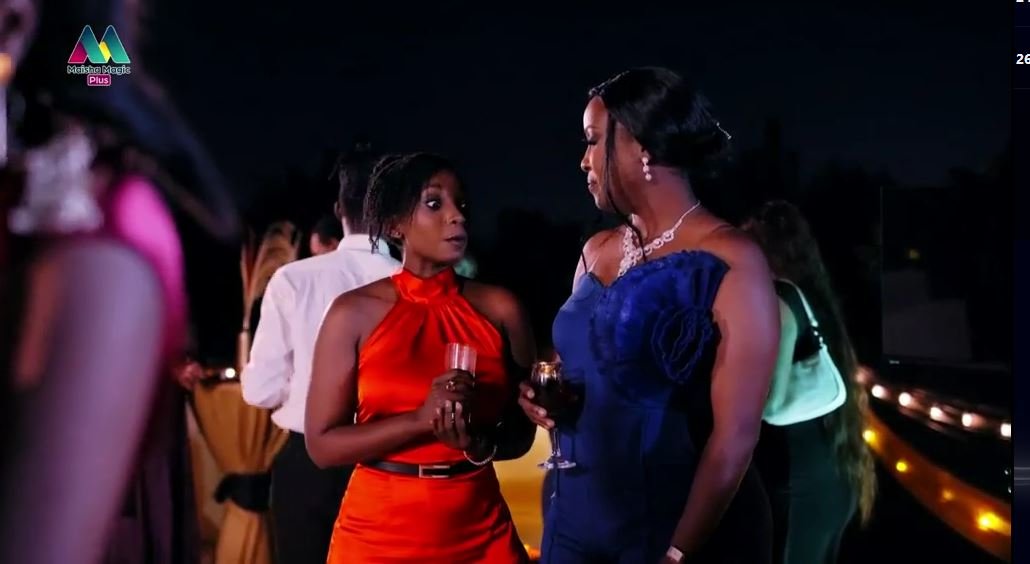



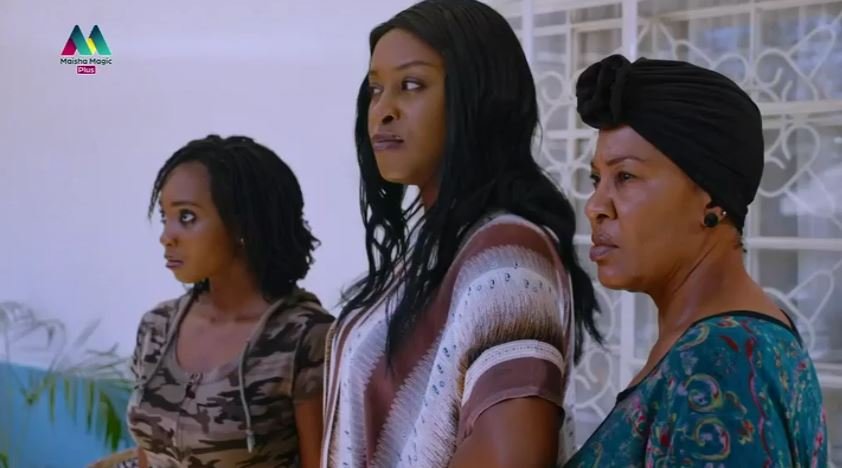

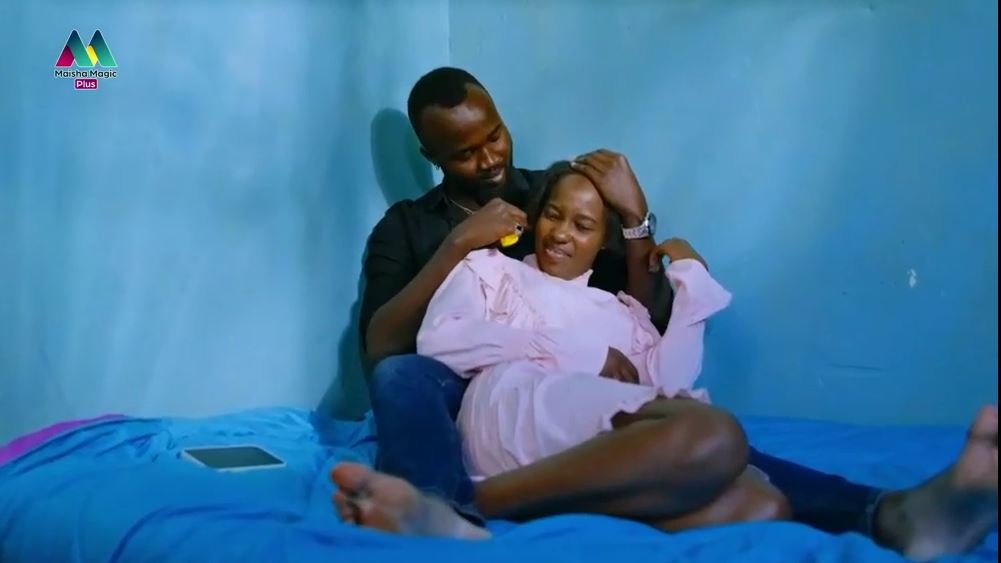
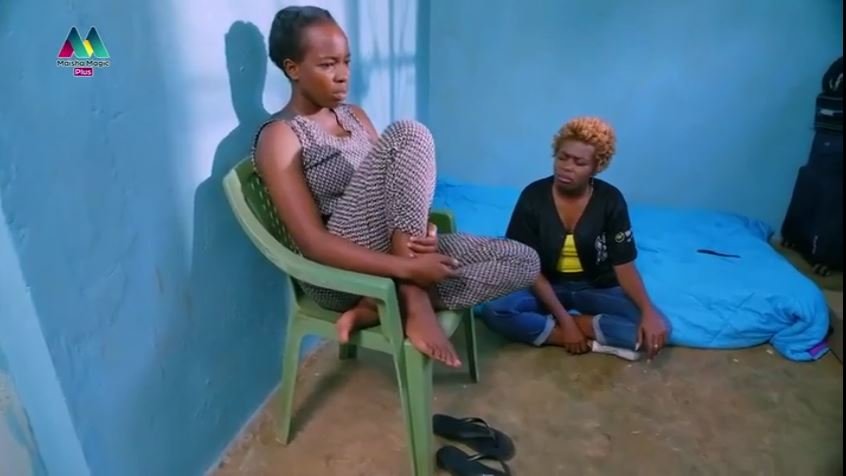
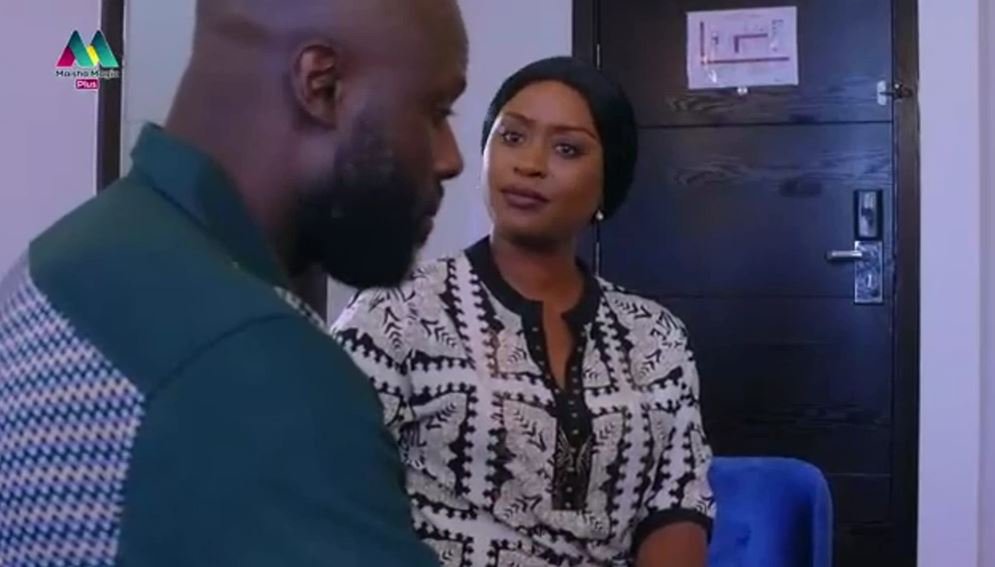
You must be logged in to post a comment.